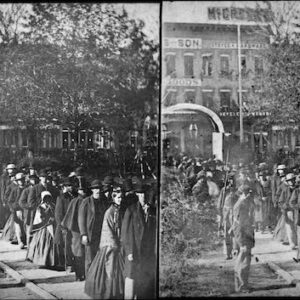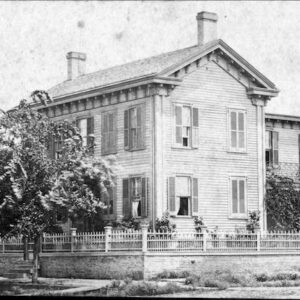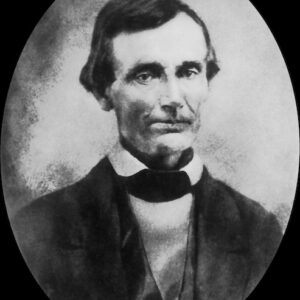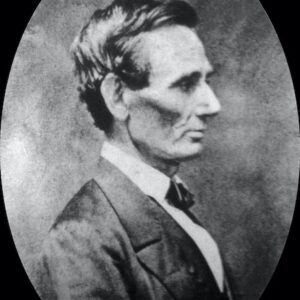Tag: Springfield IL
Wikipedia says: Springfield is the capital of the U.S. state of Illinois and the county seat and largest city of Sangamon County.
Present-day Springfield was settled by European Americans in the late 1810s, around the time Illinois became a state. The most famous historic resident was Abraham Lincoln, who lived in Springfield from 1837 until 1861, when he went to the White House as President of the United States.
The city lies in a valley and plain near the Sangamon River. Weather is fairly typical for middle latitude locations, with four distinct seasons, including, hot summers and cold winters. Spring and summer weather is like that of most midwestern cities; severe thunderstorms may occur.
The city has a mayor–council form of government and governs the Capital Township. The government of the state of Illinois is based in Springfield. State government institutions include the Illinois General Assembly, the Illinois Supreme Court and the Office of the Governor of Illinois.
Civil War to 1900
Springfield became a major center of activity during the American Civil War. Illinois regiments trained there, the first ones under Ulysses S. Grant. He led his soldiers to a remarkable series of victories in 1861–62. The city was a political and financial center of Union support. New industries, businesses, and railroads were constructed to help support the war effort. The war’s first official death was a Springfield resident, Colonel Elmer E. Ellsworth.
Camp Butler, located seven miles (11 km) northeast of Springfield, Illinois, opened in August 1861 as a training camp for Illinois soldiers. It also served as a camp for Confederate prisoners of war through 1865. In the beginning, Springfield residents visited the camp to take part in the excitement of a military venture, but many reacted sympathetically to mortally wounded and ill prisoners. While the city’s businesses prospered from camp traffic, drunken behavior and rowdiness on the part of the soldiers stationed there strained relations. Neither civil nor military authorities proved able to control disorderly outbreaks.
After the war ended in 1865, Springfield became a major hub in the Illinois railroad system. It was a center of government and farming. By 1900 it was also invested in coal mining and processing.
Showing 1–16 of 37 resultsSorted by latest
-

Image ID: ATWC
$0.99 -

Image ID: ASDW
$5.99 -

Image ID: ASDV
$5.99 -

Image ID: ASDX
$5.99 -

Image ID: AVTB
$3.99 -

Image ID: AUAZ
$5.99 -

Image ID: AUAU
$5.99 -

Image ID: AVSR
$4.99 -

Image ID: ASDT
$5.99 -

Image ID: AUAT
$3.99 -

Image ID: ATCH
$0.99 -

Image ID: ANTN
$2.99 -

Image ID: ANTH
$1.99 -

Image ID: ATVV
$2.99 -

Image ID: AUAX
$1.99 -

Image ID: ANTF
$2.99